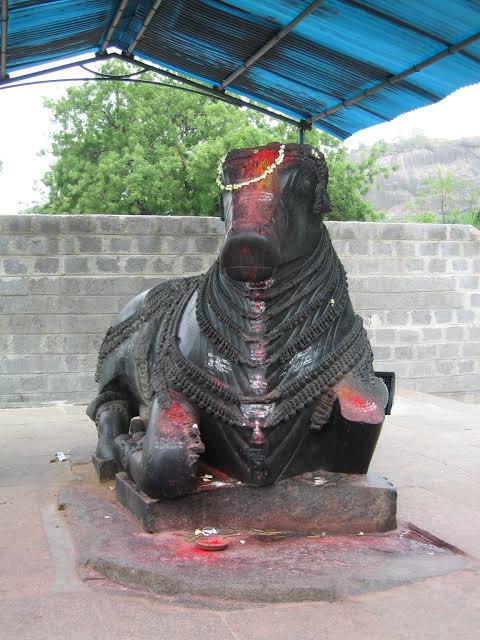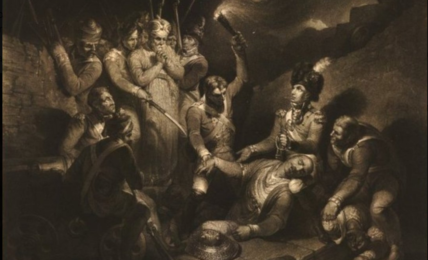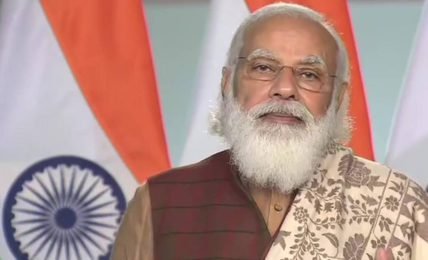Distorted History and Biased Agendas – the Saga of Indian Historiography
Richard Eaton has come up with some unrealistic claims that while Muhammad bin Tughluq flattened the main Syayambhu Devalayam of Warangal Fort, he took extra care in protecting the Thousand Pillar Temple of Warangal - a claim as absurd as it can get. All one needs to do and go and check the current images of the temple - especially it's super structure and the Nandi.









